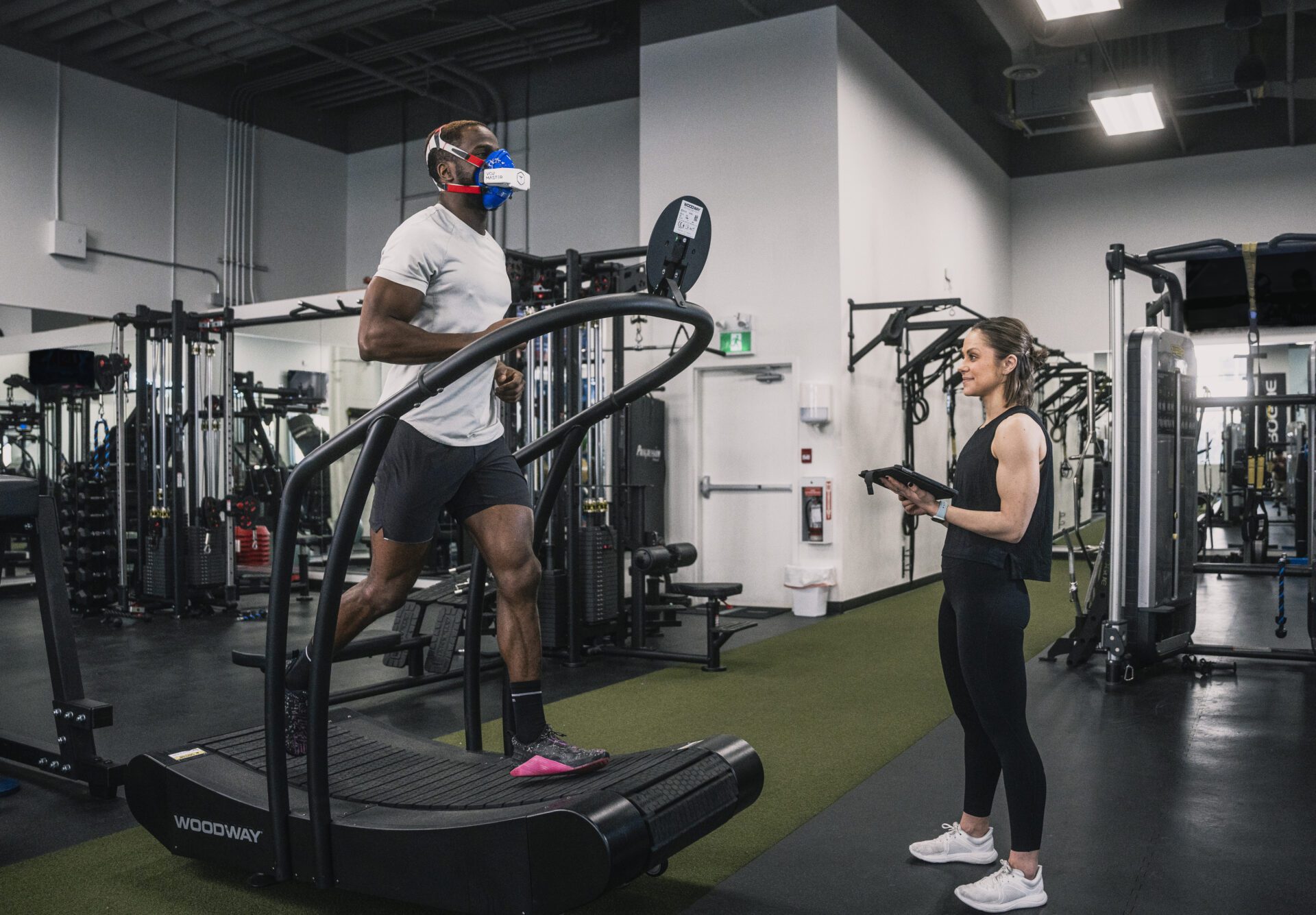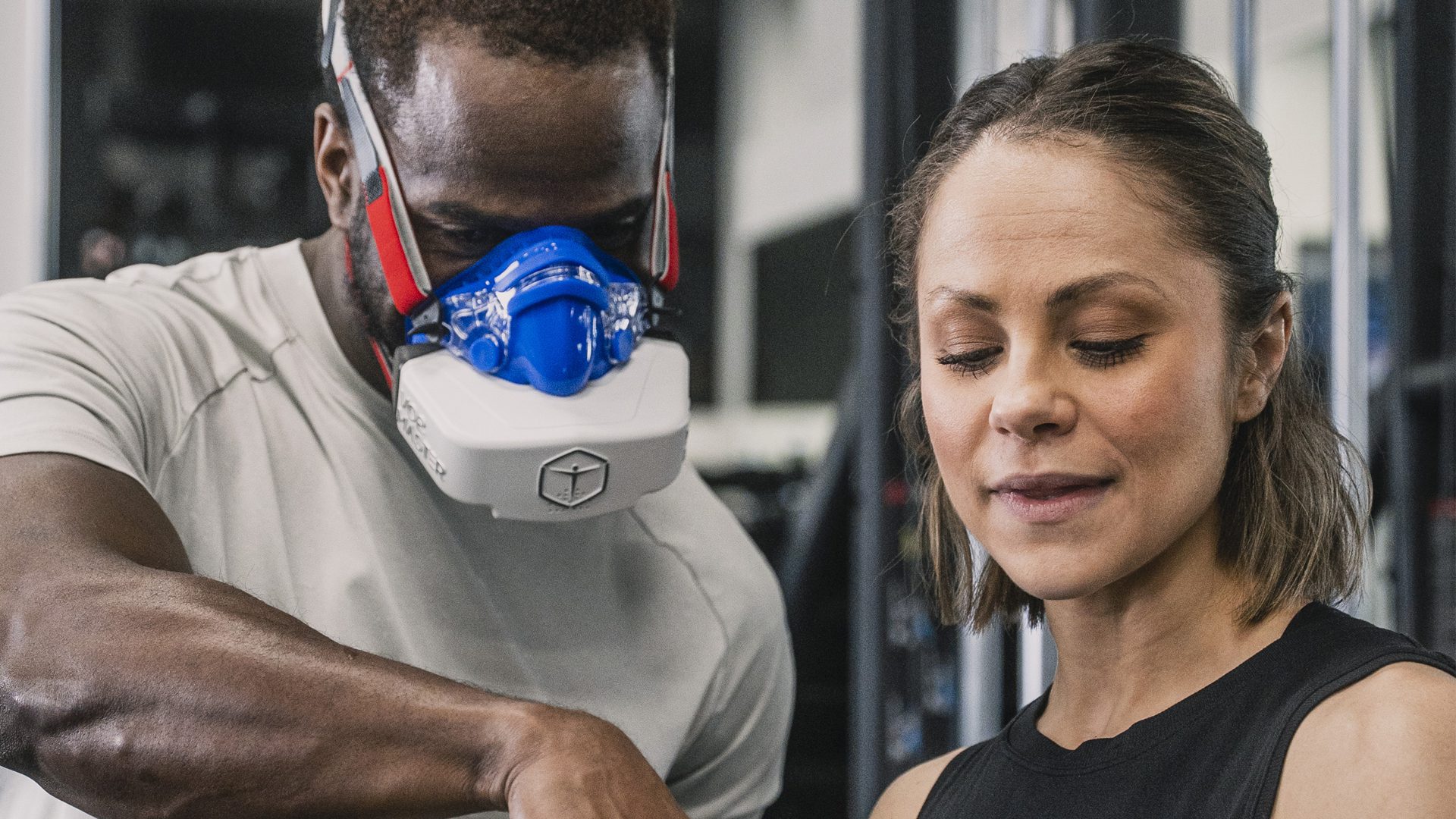How VO2 Master Helps Coaches and Trainers Identify and Overcome Limiters
Whether the goal is to complete a race, secure a personal best, or simply level-up fitness or physique, improvement is a consistent priority for athletes and fitness enthusiasts of all kinds. But at some point in every training journey, you’re bound to reach plateaus. As a coach or trainer, your mission is to help yourContinue reading "How VO2 Master Helps Coaches and Trainers Identify and Overcome Limiters"

Whether the goal is to complete a race, secure a personal best, or simply level-up fitness or physique, improvement is a consistent priority for athletes and fitness enthusiasts of all kinds.
But at some point in every training journey, you’re bound to reach plateaus.
As a coach or trainer, your mission is to help your clients overcome obstacles, maximize performance, and achieve the results they’re after.
In-depth physiological data can help you to do so.
Every coach and trainer has their own theories and approaches, but with tools like VO2 Master, you get access to real-time metabolic insights that you can use to make informed decisions about how to help your clients reach their goals.
The Physiological Parameters You Can Measure with VO2 Master
In order to understand how VO2 Master can support your training or coaching philosophy, it’s important to understand the physiological parameters it measures.
Tidal Volume and Respiratory Frequency
VO2 Master calculates the volume and frequency of breaths taken by your client in a given timeframe—generally in one-minute intervals—at various levels of physical exertion.
This is known as minute ventilation as is based on a simple calculation:
Minute Ventilation = Tidal Volume (how big a breath you breathe) x Respiratory Frequency (how fast you’re breathing)
VO2 Master determines these volumes using a built-in mechanism that measures the pressure differential caused by moving air as you breathe.
VO2: How Much Oxygen is Used by the Body Each Minute
Equipped with minute ventilation measurements, our analyzer calculates your client’s VO2—the amount of oxygen used by your body in one minute.
In order to understand this concept, you first need to understand the makeup of the air we breathe and how your body uses oxygen.
The oxygen concentration of room air at sea level is 21 percent. The rest is made up primarily of nitrogen alongside a few other traces.
So, each time your client takes a breath, they’re inhaling approximately 21% oxygen.
When they exhale, the air they breathe out still contains around 19 percent oxygen.
This means that, on average, only about 2 percent of the oxygen in each breath your client takes gets absorbed into their body.
When you combine this data with your minute ventilation measurements, you can extrapolate the amount of oxygen your client’s body is using with each breath they take.
VO2 Master measures this difference the same way traditional metabolic testing carts do. But unlike these traditional methods, VO2 Master is portable and wireless, meaning it can conduct analyses virtually anywhere, whether it’s poolside, in a gym, at a track, or beyond.
This allows you to take a very complex system of physiology and distill it into a very simple number—and to view it in real-time in the palm of your hand with our VO2 Master app.

How You Can Use VO2 Master Data to Support Your Coaching Theory
Historically, people have generally focused on VO2max, and some would examine oxygen consumption at different intensities.
However, they almost never looked at the ventilation portion of the equation.
This is one of the key areas of exercise science growing rapidly, thanks in large part to more readily available access to devices that can gauge these physiological functions.
Looking at the ventilatory component of exercise science is one of the greatest untapped resources available to coaches and trainers today.
This data allows you to ask one very important question:
How did an athlete breathe in order to get the results they had and is there something different that can be done to help achieve better results?
You can attain a massive amount of ventilatory data from any given training or testing session and then use that information to support your coaching or training program.
VO2max is an interesting number and it has a ton of value. But, for most coaches, it’s also incredibly important to understand how much oxygen athletes are consuming, not just at their highest level of exertion, but at every level, and how that can change with training.
As a coach or trainer, this data allows you to assess:
- Your athlete’s fitness level before you begin a training program
- Whether they’re improving with your training program over time
- Why this program is creating improvements
- How to make corrections if the program isn’t having the intended effects
When combined with external metrics, like pairing VO2 Master with heart rate monitors, you can get an in-depth, well-rounded understanding of your athlete’s physiology and the impact of their training.

The Traditional Method of Measuring Ventilatory Data
As a coach or trainer, it may be interesting to understand the origins of ventilatory testing.
The original method of measuring oxygen consumption was The Douglas Bag. In many instances, it’s still regarded as the gold standard.
The Douglas Bag is a large leather bag that an athlete would exhale every single breath into. Then, the bag would be sealed and taken back to a lab to analyze how much oxygen it contained.
This measurement would then be compared to the concentration of oxygen in the air at the test site.
VO2 Master uses the same chemical process to measure the amount of oxygen in the air as it flows through the analyzer, but it does so in a small, ultra-portable format that doesn’t require wires or hoses and is Bluetooth-enabled, allowing it to sync to your phone or computer and deliver simple metrics in real-time.
As a coach or trainer, you have your own unique theory and philosophy. Using ventilatory measurements, you can help reinforce your approach and provide your clients with the optimal training program to achieve their goals.
